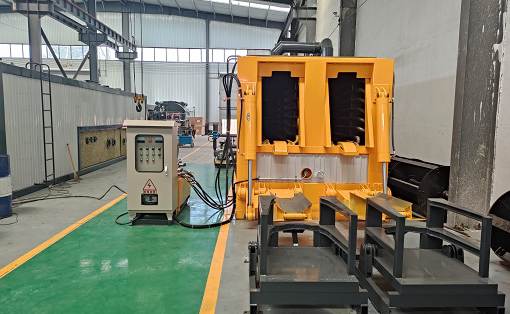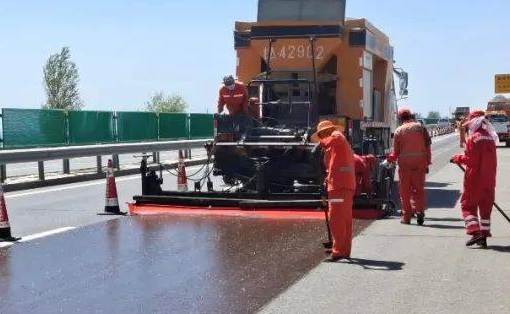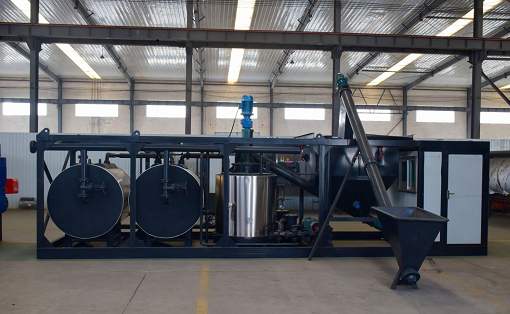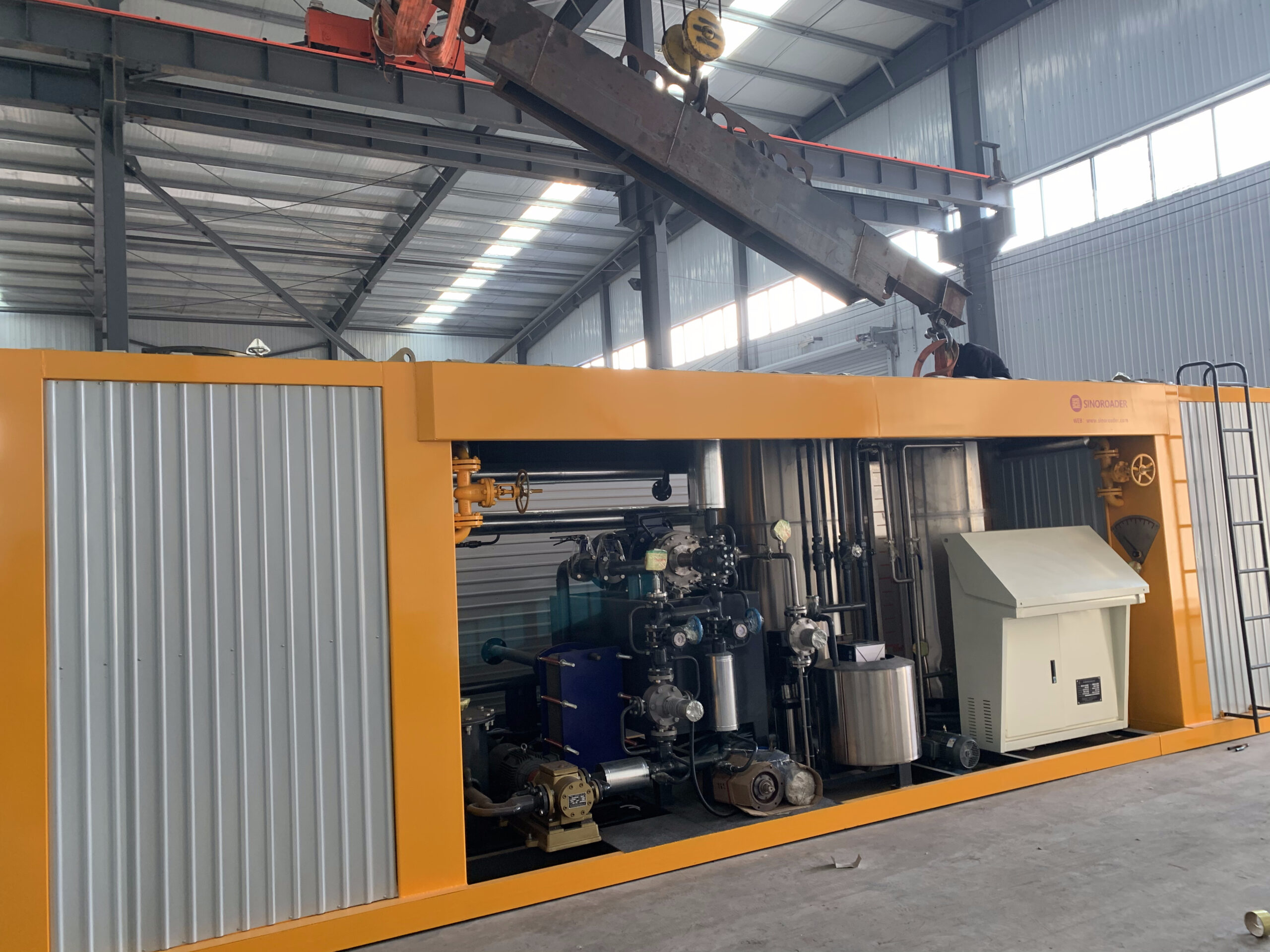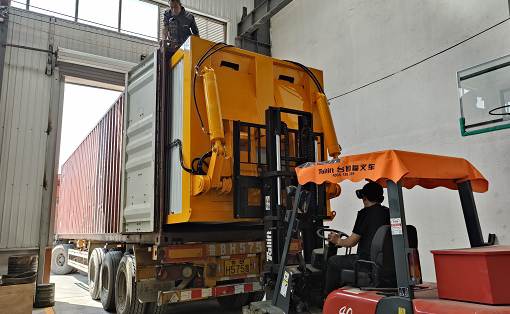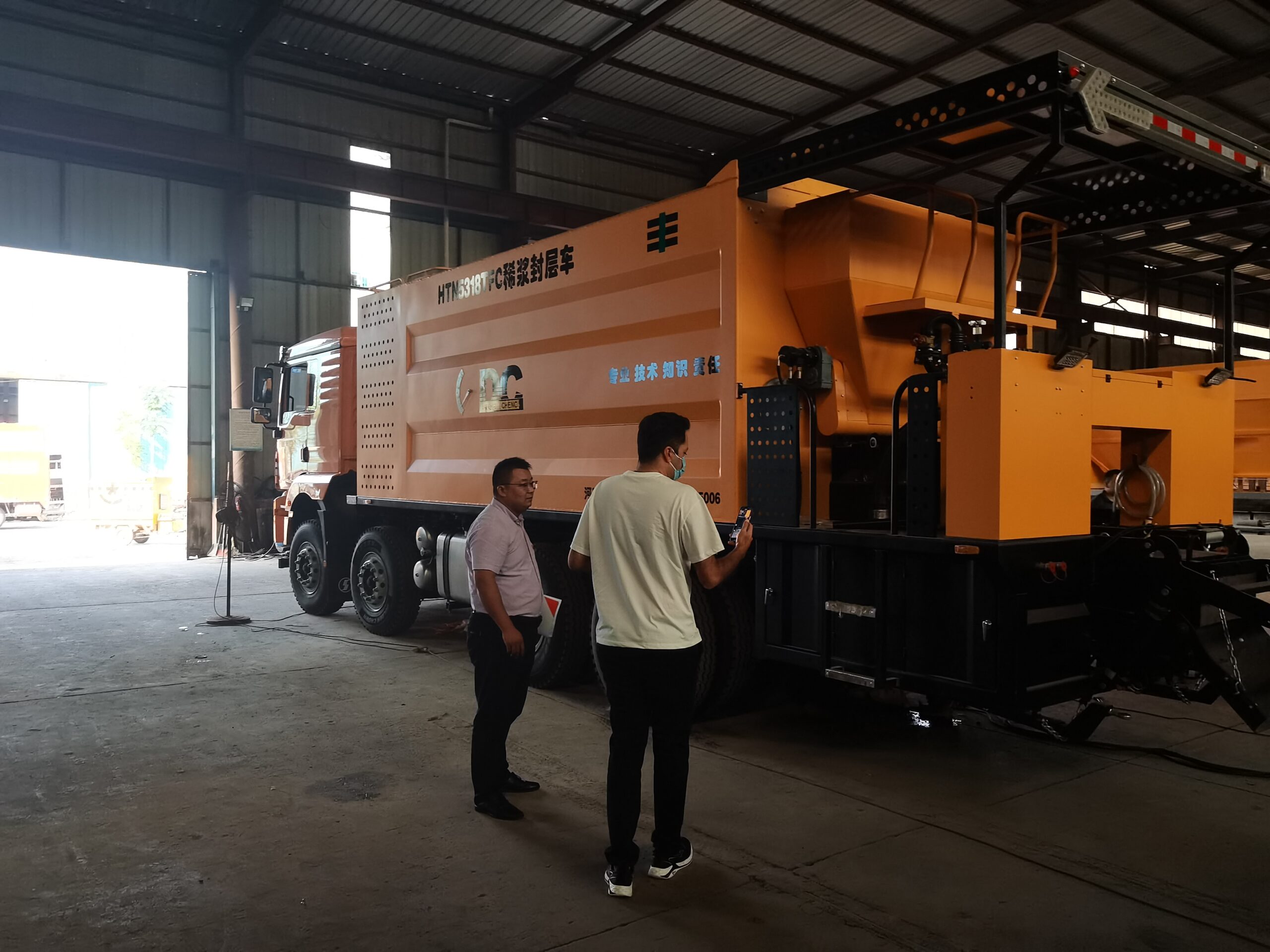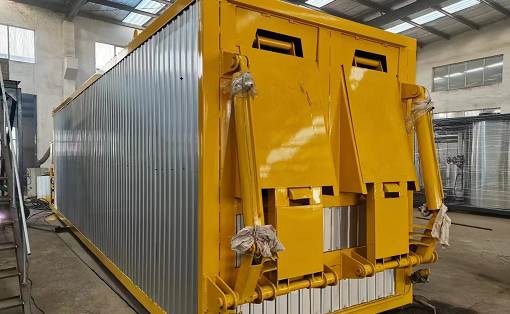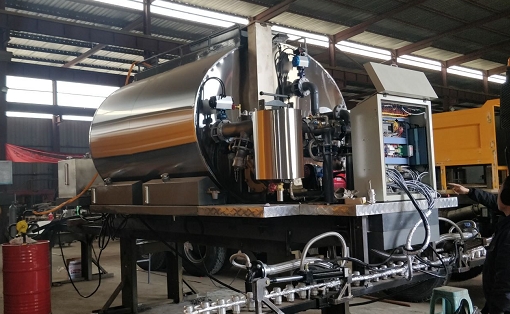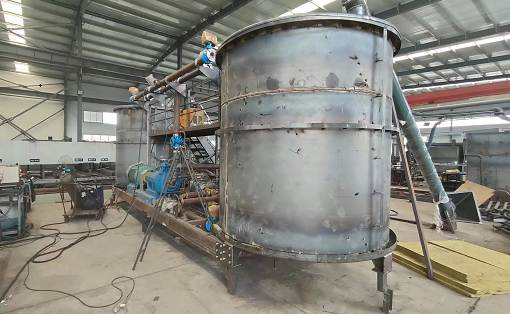How to control the amount of emulsifier?
For users of equipment, the amount of material used is the focus of every user. We should attach great importance to this link in the production process. The following is an analysis of the amount of emulsifier used by Gaoyuan manufacturers.
When emulsified asphalt equipment is emulsifying asphalt, the asphalt temperature is better controlled at above 130°C to have better fluidity; 2. The amount of emulsifier is generally 8-14‰ of emulsified asphalt, that is, 8-14kg per ton of emulsified asphalt (asphalt content is more than 50%), and the temperature is 60-70°C. The emulsifier should be used in the middle and upper limit of the production, 10 kg per ton of emulsified asphalt, or 20 kg per ton of water (asphalt content is 50%); the amount of BE-3 emulsifier is generally 18-25‰ of emulsified asphalt, that is, 18-25kg per ton of emulsified asphalt (asphalt content is more than 50%), and the emulsifier solution temperature is 60-70°C. The emulsifier should be used in the upper and middle limits in the first production to ensure successful production. Use 24 kg per ton of emulsified asphalt, or 48 kg per ton of water (asphalt content is 50%). After the production goes smoothly, the dosage can be reduced according to actual conditions.
For users of equipment, the amount of material used is the focus of every user. We should attach great importance to this link in the production process. The following is an analysis of the amount of emulsifier used by Gaoyuan manufacturers.
When emulsified asphalt equipment is emulsifying asphalt, the asphalt temperature is better controlled at above 130°C to have better fluidity; 2. The amount of emulsifier is generally 8-14‰ of emulsified asphalt, that is, 8-14kg per ton of emulsified asphalt (asphalt content is more than 50%), and the temperature is 60-70°C. The emulsifier should be used in the middle and upper limit of the production, 10 kg per ton of emulsified asphalt, or 20 kg per ton of water (asphalt content is 50%); the amount of BE-3 emulsifier is generally 18-25‰ of emulsified asphalt, that is, 18-25kg per ton of emulsified asphalt (asphalt content is more than 50%), and the emulsifier solution temperature is 60-70°C. The emulsifier should be used in the upper and middle limits in the first production to ensure successful production. Use 24 kg per ton of emulsified asphalt, or 48 kg per ton of water (asphalt content is 50%). After the production goes smoothly, the dosage can be reduced according to actual conditions.





